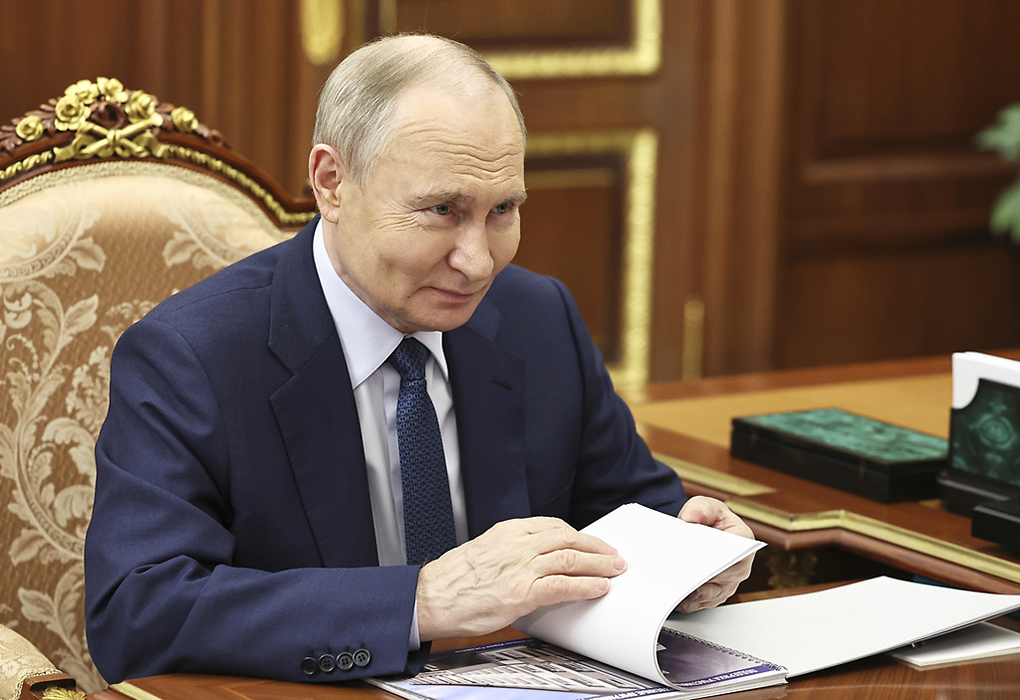From Static to Strategic: The Evolution of Western Sanctions in the Face of Russian Aggression

Russia's full-scale invasion of Ukraine was a turning point that radically changed the West's approach to sanctions policy: it evolved from static prohibitions to a dynamic and flexible system capable of quickly adapting to challenges.
The Gaze writes about it, referring to the article “How Sanctions Against Russia Taught the West Dynamic Financial Blockades”.
The war in Ukraine has forced the West to significantly rethink its sanctions toolbox, moving away from traditional, static prohibitions towards more flexible and adaptive mechanisms known as "specific sanctions formulas" (SPF). While sanctions used to be largely limited to blacklists, embargoes, and the shutdown of individual banks, they now involve conditional mechanisms that change depending on the behavior of the targeted party.
Examples include oil price caps and secondary sanctions, which the West previously avoided but is now considering even against key partners such as India and China for helping Russia circumvent the restrictions.
In addition, the West's sanctions policy has become much more dynamic and complex. Whereas previously, agreeing on new sanctions could take years, the EU has now adopted 17–18 packages of new measures.
Creative solutions to circumvent internal barriers are also being considered. Such unconventional tools include trade tariffs and financial restrictions, which can be adopted by a majority vote, bypassing the unanimity principle.
Now, having learned the harsh lessons of war, Western countries are demonstrating a profound evolution in their sanctions policy, transforming it into a system capable of responding promptly to any actions of the aggressor. It is no longer just a list of prohibitions, but a living, dynamic mechanism that can be quickly adjusted and strengthened to put maximum pressure on undesirable behavior.
Read more in the article by The Gaze: How Sanctions Against Russia Taught the West Dynamic Financial Blockades